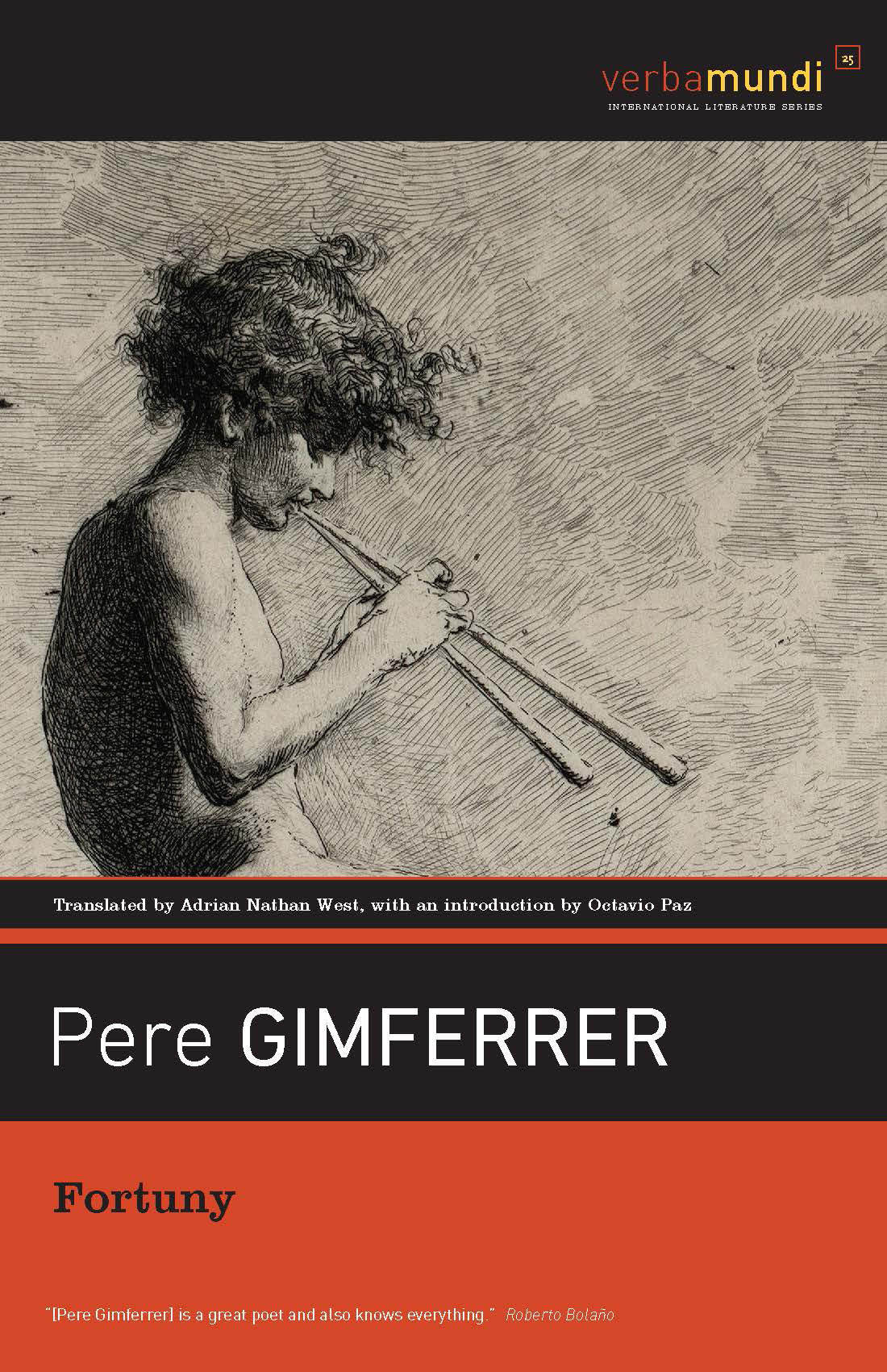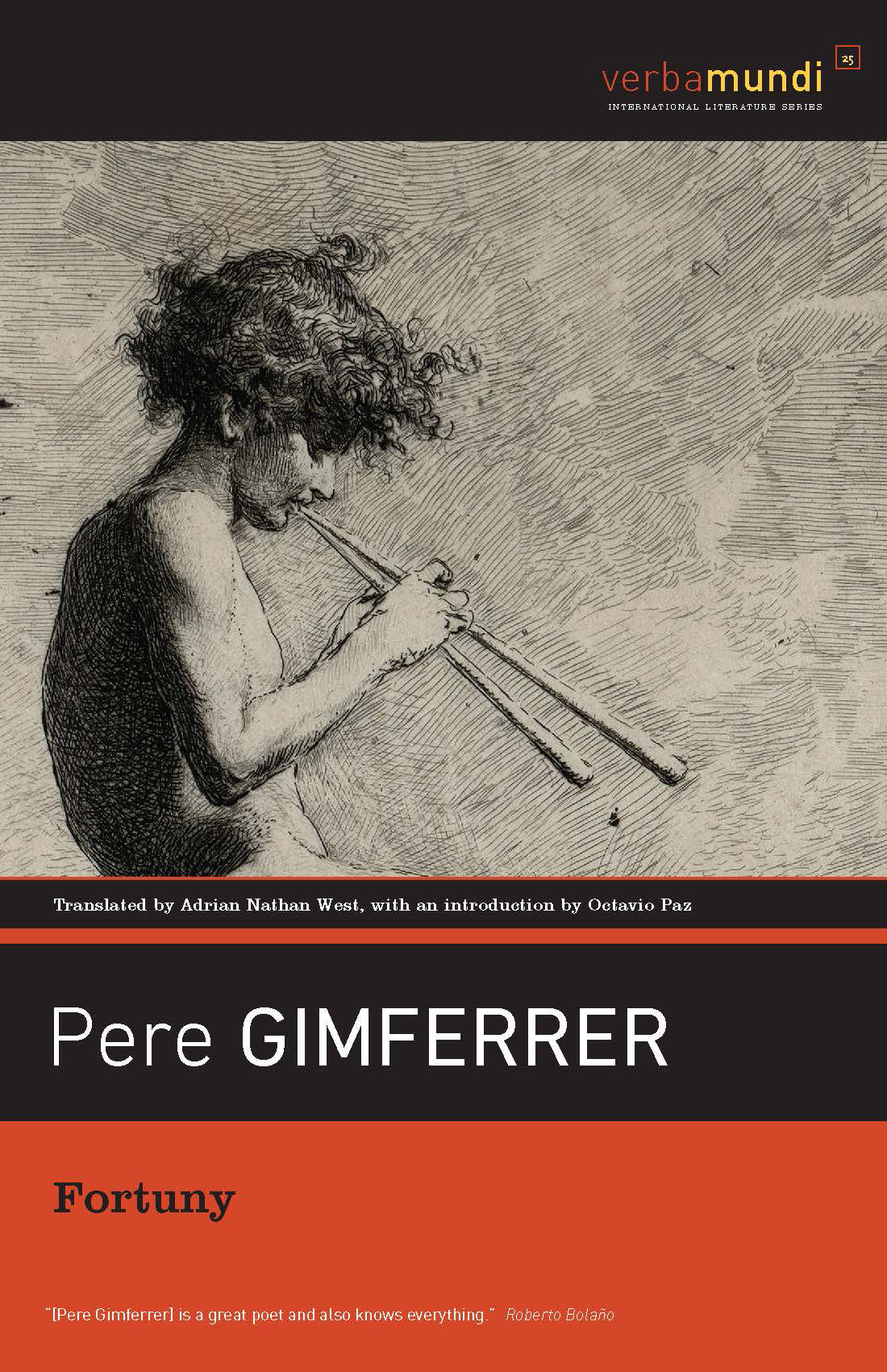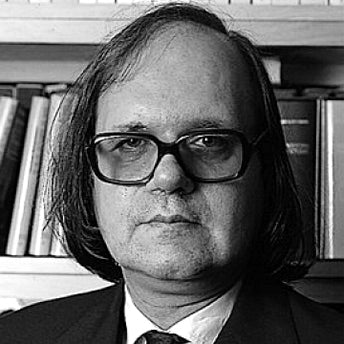
"[Pere Gimferrer] is a great poet and also knows everything." —Roberto Bolaño
Scion of an artistic dynasty, inventor, photographer, and costumier of genius, Mariano Fortuny was a touchstone of the Belle Èpoque: He built stages for Wagner, designed dresses for Sarah Bernhardt, and was a crucial inspiration for Proust's philosophy of memory. The list of his illustrious acquaintances ranges from D'Annunzio to Chaplin, from Caruso to Isadora Duncan, and in this, the first novel by Spain's Pere Gimferrer to be translated into English, they gather like actors on a stage, in Venetian palaces, in Parisian apartments, and in the village squares of the small towns of Catalonia, forming a historical tableau of the vigor and dissipation of Europe's artistic demimonde from the end of the Third Republic to the outbreak of the Second World War.
Employing the unmatched lyrical inventiveness and range that has made him recognized as Spain's most distinguished poet, Gimferrer has composed a paean to vanished artistic grandeur, suggesting the fragility of the line dividing the real from the imagined: Whatever the eye can see dissolves into a tapestry of prose woven of light and shadow. Proust's description of Fortuny's fabrics applies equally to Gimferrer's words: "Faithfully antique but markedly original, [they] brought before the eye like a stage décor, and with an even greater evocative power since the décor was left to the imagination, a Venice saturated with oriental splendor . . ."
Spain's most acclaimed living poet, Pere Gimferrer, is the author of more than thirty volumes of verse, essays, and fiction in Spanish and Catalan, as well as a recent book in Italian, Per Riguardo.
[A] series of interwoven prose poems packed with lush imagery evoking the aesthetics of the Belle Epoque and successive decades . . . Gimferrer arrays his succinct, elegant word-pictures like pleats in a Fortuny gown, resulting in a slim tour de force. Octavio Paz’s introduction, another marvel of poetic prose, offers readers a welcome guide through Gimferrer’s gallery of bygone beauty. —Publishers Weekly
Through immersing the reader in dense, sensuous scenes with the precision and flourish associated with his name, Spanish poet Pere Gimferrer relays an impression of the real-life Belle Époque man, Mariano Fortuny. The world that swirls around Fortuny in this novella captures the fragile time and humanity of World War I Europe with dizzying precision. —World Literature Today
Gimferrer lives in and for poetry . . . His virtuosity shows he is capable of self-renewal and change without repudiating himself. Few authors are capable of such breadth and depth. —Juan Goytisolo
One of our writers with the greatest firsthand acquaintance with the great European cultural tradition, he is also one of those who has taken farthest the salutary and audacious irreverence of pop. —Antonio Muñoz Molina



